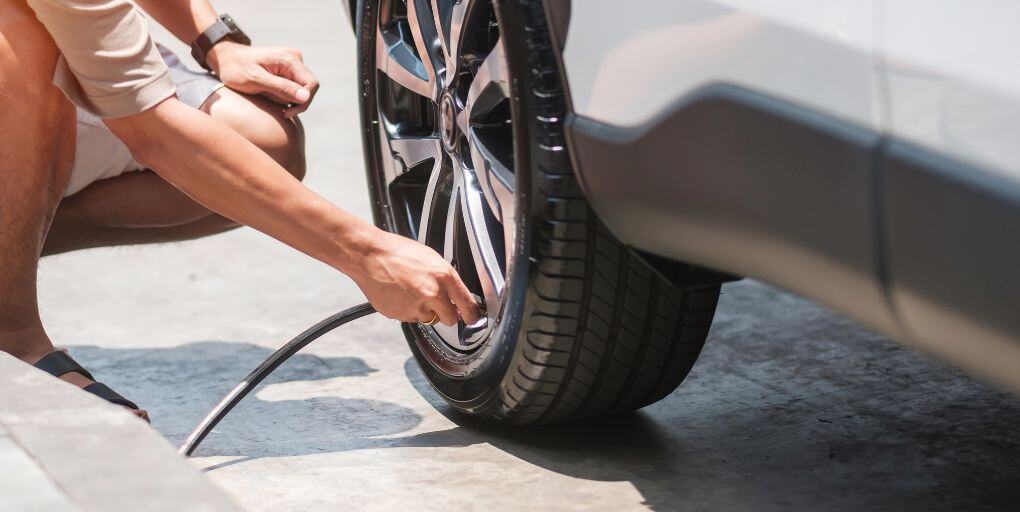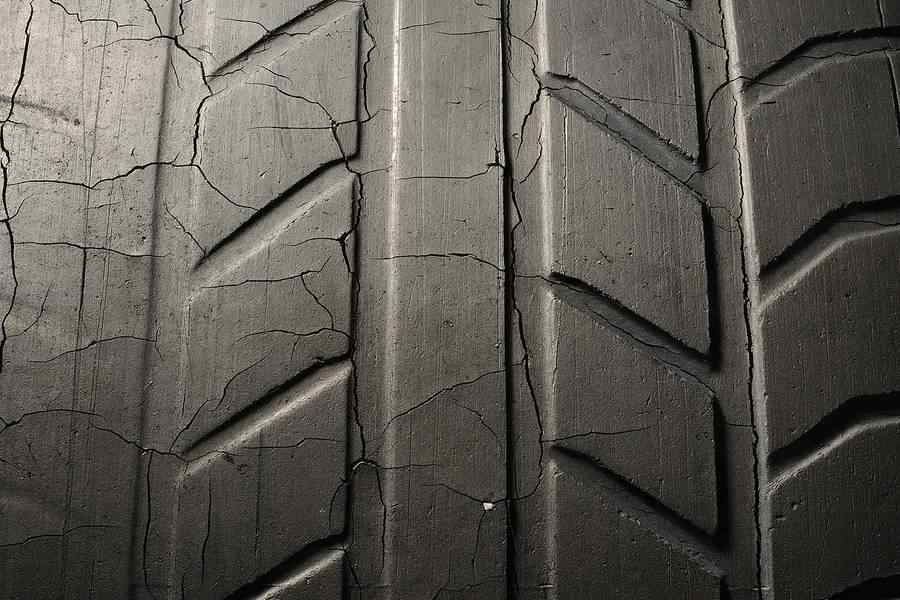When considering the purchase of used tires, many drivers are often caught in a web of uncertainty. How can one ensure that these seemingly innocuous rubber circles are still fit for the road? While they may appear to be in good shape at first glance, there’s more than meets the eye.
The safety of used tires hinges on various factors that require careful inspection and understanding. Are there hidden wear patterns or subtle signs of damage? The ability to effectively assess their condition could mean the difference between a safe journey and a tire blowout on a busy highway.
In this guide, we’ll delve into the essential steps and considerations for evaluating the safety of used tires, ensuring that your wheels continue to roll safely on the roads ahead.
The Importance of Tire Safety

Tire safety is not just a checkpoint on a vehicle maintenance list; it’s a crucial aspect of overall driving safety that can mean the difference between a harmonious journey and a catastrophic accident. Worn-out or damaged tires can significantly affect traction, handling, and stopping distances, often without warning.
Imagine navigating a slippery road or a sudden turn—without the proper grip, even a minor oversight can lead to disaster. Furthermore, tires are subjected to wear and tear from various factors: road conditions, climate changes, and simply time itself.
Thus, understanding how to assess their condition is essential for every driver. Regular inspections can uncover hidden issues and prolong the life of your tires.
So, taking a little time to check your tires is not just wise; it can be a lifesaving decision on the unpredictable roads ahead.
Signs of Tire Wear and Tear

As you inspect your tires, look for several key signs of wear and tear that can indicate whether they’re still safe for the road. First, check for uneven tread wear; if one side of the tire is more worn than the other, it could signal alignment issues or problems with your suspension.
Next, be vigilant for cracks or cuts in the sidewalls, as these can compromise the tire’s integrity. Additionally, the tread depth is crucial—use the penny test: insert a penny into the tread, and if you can see all of Lincoln’s head, its time for a replacement.
Moreover, listen for any unusual sounds; a humming or rhythmic noise could hint at deeper problems. Pay attention to bulges or blisters on the tire surface, which can lead to dangerous blowouts.
By keeping an eye out for these signs, you can ensure your tires remain reliable companions on your journeys.
Checking Tread Depth: The Penny Test

To assess the tread depth of your used tires, the penny test offers a simple yet effective method. Grab a penny and with Lincolns head facing down, insert it into the grooves of your tire tread.
If you can see the top of Lincolns head, its time to worry—your tread is likely too worn and unsafe for driving. Ideally, youd want the tread to cover at least part of Lincoln’s noggin, indicating that there’s enough grip to navigate wet or slippery roads.
Its quick, straightforward, and demands minimal tools—just you, a penny, and a few moments of your time. Regular checks using this method can save you from unexpected hazards on the road, ensuring that your tires hold their ground when it matters most.
Conclusion

In conclusion, ensuring the safety of your used tires is vital for both your well-being and the performance of your vehicle. By regularly checking for visible signs of wear, monitoring tread depth, inspecting for damage, and considering age and environmental factors, you can make informed decisions about whether to continue using your tires or invest in replacements.
Remember, purchasing quality used tires from reputable sources, such as St Catharines car parts, can provide both affordability and reliability. Always prioritize safety on the road, and don’t hesitate to seek professional advice if you’re uncertain about your tires’ condition.
A proactive approach will help you maintain optimal driving safety and performance.


